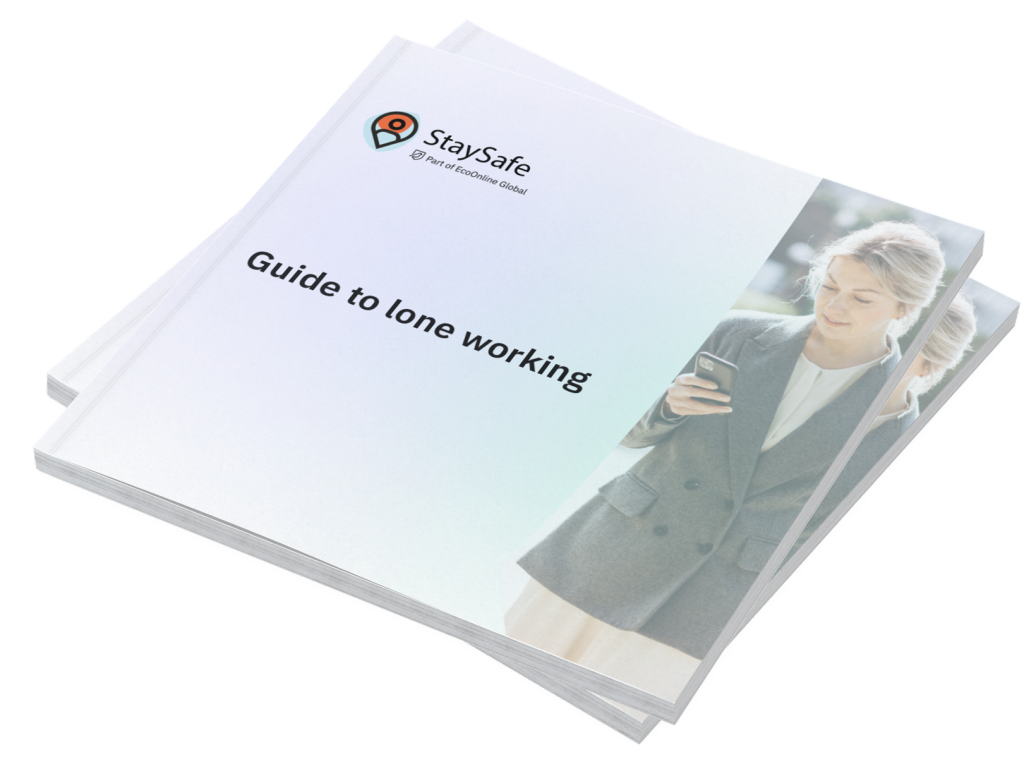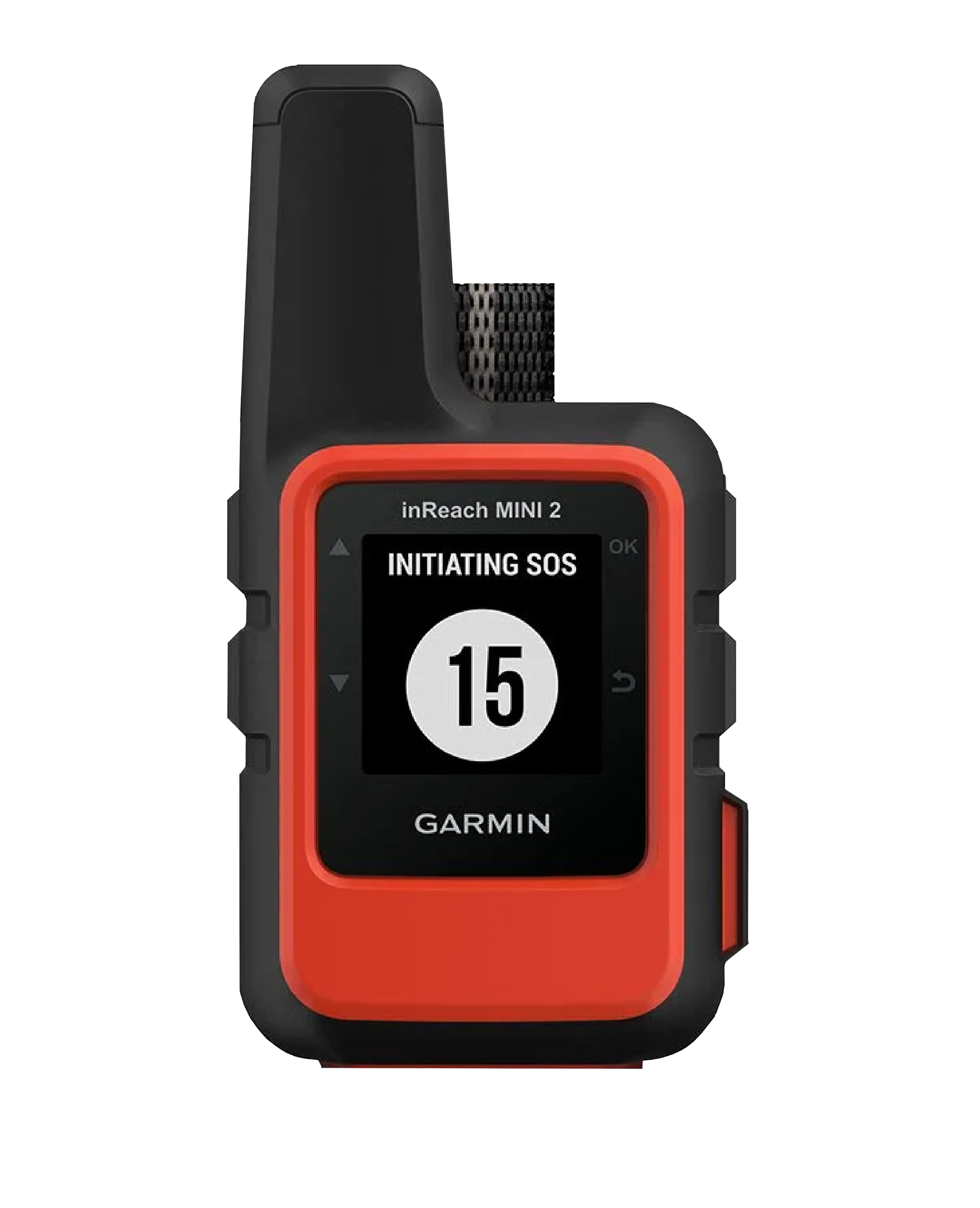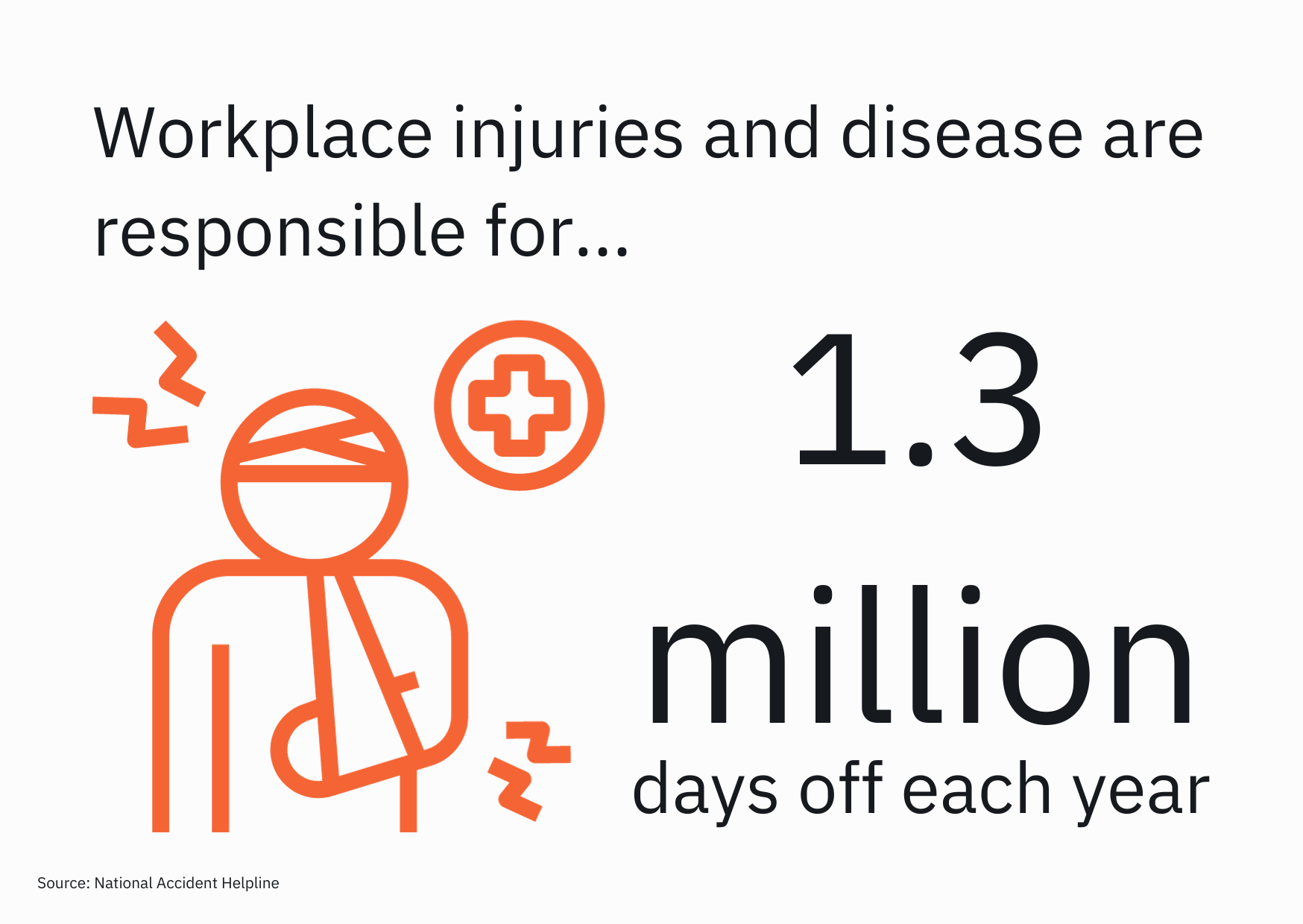Reporting hazards in the workplace
Reporting workplace hazards is a challenge facing all businesses, and needs to be addressed as part of an overall health and safety policy. In many circumstances, the reporting of workplace hazards is accurate and timely, but research shows that there are too many failures to report hazardous workplace situations which put people at risk of injury.
Research from the National Accident Helpline revealed that accidents at work and industrial disease leads to victims taking an average of 15 days off work, equating to almost 1.3 million missed work days every year. Here we look deeper into common workplace hazards and discuss how to overcome the barriers of hazard reporting in order to create a positive safety culture.
What are common workplace hazards?
Organisations and their staff need to be aware of the types of hazard that arise in their work environments. Commonly identified hazards often correlate with not only the biggest cause of injury in the workplace, but also fatalities:
- Spillages in the workplace
- Lack of safety around machinery
- Trailing wires
- Uneven flooring
- Using the wrong equipment for tasks
- Not wearing the correct health and safety equipment
- Working at height without following health and safety requirements
Read more in our blog about types of workplace hazards
Injury and fatality statistics
According to recent HSE statistics:
- 1.8 million working people suffered from a work-related illness (2021/22)
- 135 workers were killed in work-related accidents (2022/23)
Slips, trips and falls are the biggest cause of accidents in the workplace. In fact, each year there are around 20,000 reported incidents.
Falls from height also remains the main cause of fatalities in the workplace. Falls from height were responsible for 40 workplace deaths in the UK last year.
Hazard reporting
Potential hazards in the workplace exist in every organisation. Reporting is essential for allowing organisations to identify and reduce risk in the workplace.
Accidents will not only cause harm to the employees involved, but can also affect visitors and members of the public. Failure to address hazards can result in the business being subject to prosecution, fines, a hit to reputation and even imprisonment.
Encouraging the reporting of hazards is very much part of having a properly embedded safety culture at your workplace.
Read our blogs on the importance of developing a workplace safety culture. See also how to engage staff in safety solutions.
Why are workplace hazards not reported?
So why aren’r workplace hazards reported?
Common reasons for not an employee not reporting a workplace hazard include;
- Not having the time
- Feeling the hazard doesn’t affect them
- Thinking it isn’t their responsibility
- They don’t know who to report a hazard to
- They are worried about getting in trouble
- They were told not to report an issue
Each of these issues needs to be addressed by business owners and managers who are responsible for health and safety, and also by all staff. Every employee has a duty to work with their employers on keeping themselves and everyone else around them safe and free from harm.
What is the importance of incident reporting?
The reporting of hazards gives organisations the ability to address potentially harmful workplace issues. There is also huge importance in reporting actual incidents. In fact, there is a legal obligation to report all incidents under RIDDOR regulations.
In many cases, employees may not realise the potential consequences of under-reporting. Take for example an employee working on a building site. A piece of tiling comes loose and the builder loses their footing. They regain their balance and continue with their task. Days later, another builder is sent to the site to carry out work on the same building. This time they fall and injure themselves. Had the first incident been reported, steps could have been taken to ensure the building environment was safe and the accident prevented.
In another scenario, a community nurse has been working with a client for several months. The client has been mildly verbally aggressive on several occasions but the nurse accepts this as ‘part of the job’ and continues to carry out home visits alone. One day the client becomes increasingly irritated and lashes out at the nurse, physically attacking them. Had a report been filed previously, the business may have chosen to carry out a risk assessment on the client and ensured future visits took place in a safer, controlled environment.
The information provided through incident reporting is used to assess whether current controls are adequate, to identify trends and to ultimately focus efforts on reducing areas where incidents are high. Records can also be used in legal procedures to ensure the right people are held responsible for an accident or fatality.
Encouraging your staff to report incidents will allow you to meet your legal requirements as a business and aid in the prevention and reduction of workplace incidents.
You can find more information on health and safety legislation in your region, including practical tips for keeping your staff safe, in our Guide to Lone Working.
How to encourage workplace safety reporting
Reporting
- Educate all staff members (including managers and supervisors) on the importance of reporting
- Brief all staff on the types of risks they should look out for and report on
- Reiterate that no perceived or actual risk or incident is too small to report
- Ensure everyone knows how to report an incident, when and to whom
- Consider creating an online, anonymous method of reporting incidents
- Or you may choose to hold a weekly meeting where incidents are discussed openly
- Do not punish employees for reporting an incident and avoid assigning blame
- Instead focus on removing the risk rather than fault finding
- Track and record all reports
- Provide ongoing feedback on how you are dealing with an incident so that your employees can see that you are doing something with the information they provide
- You may want to consider implementing an incentive program when first introducing a new reporting system to encourage employees to get involved with the new process
The StaySafe app enables staff to raise an alert in the event of an incident and receive assistance to their exact location immediately. Many employers have found that the StaySafe app helps them to lower the risks faced by staff by ensuring the help will reach them quickly in an emergency. The app also records all activity, including resolved incidents, for accurate reporting. Find out more about the StaySafe app.
Lone Worker Risk Assessments
The reporting of hazards and incidents enables employers to carry out more accurate risk assessments as they are aware of all potential and existing risks and can put safety measures in place accordingly.
Risk assessments are an essential building block for forming a robust Health and Safety policy. They help organisations to ensure that they adhere to health and safety legislation, and sit alongside training and reporting policies.
We have created a comprehensive guide to risk assessments for lone workers which gives a full view of the issues surrounding risk assessments and answers key questions on the subject:
- What is a lone worker risk assessment?
- How do I create a lone worker risk assessment?
- Are lone worker risk assessments a legal requirement?
- How do I create a lone worker risk assessment?
Download our free Risk Assessment Guide and Template
See more about risk assessments in our blog 5 Steps to Risk Assessment.
Are you protecting your lone workers?
Our comprehensive guide covers everything you need to know about lone working.
From identifying the lone workers in your organisation, to the risks they face in different environments, our lone worker guide will ensure you know how to keep your staff protected and meet your legal duty of care.
Yes, review policy
Explore our range of lone worker solutions
See StaySafe in action
- 2 week free trial
- See how employees can use the app to check-in & send alerts
- See realtime updates in the monitoring hub
Don CameronCEO, StaySafe
Don has been leading the growth of StaySafe since 2014, and we are now the leading, global, app-based lone worker solution.
Before coming over to StaySafe, Don built up over 25 years experience developing successful businesses in the IT, Telecoms and service industries.
Passionate about lone worker safety, Don is constantly striving to make sure StaySafe brings the most benefits to lone workers and their employers to keep more people safe.
Guide to lone working

A comprehensive lone worker guide for employers, managers and the self employed.
Guide to lone worker risk assessments

An extensive guide to risk assessments for employers or managers of lone workers.
StaySafe buyers guide

An informative guide outlining everything you need to know when purchasing a lone working solution.
Find out more about StaySafe solutions

Lone Worker App
Our intuitive app allows employees to check in safely following a lone working session and raise an alert in an emergency.

Cloud Based Monitoring Hub

Wearable Technology










